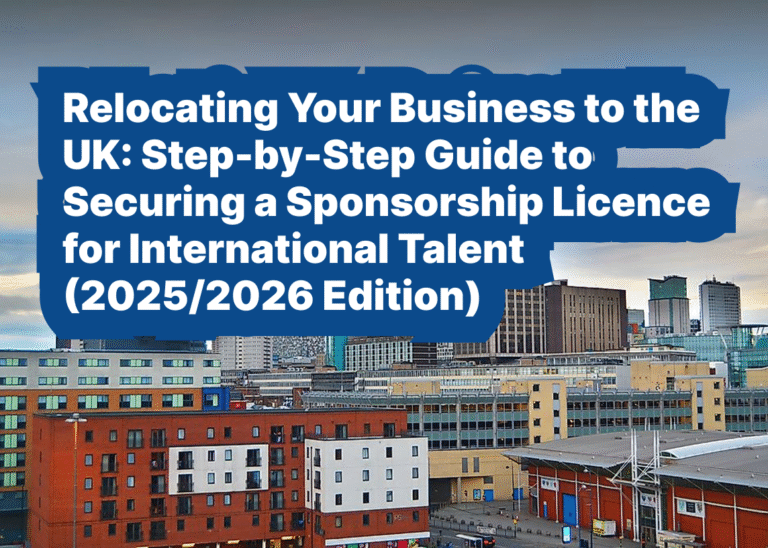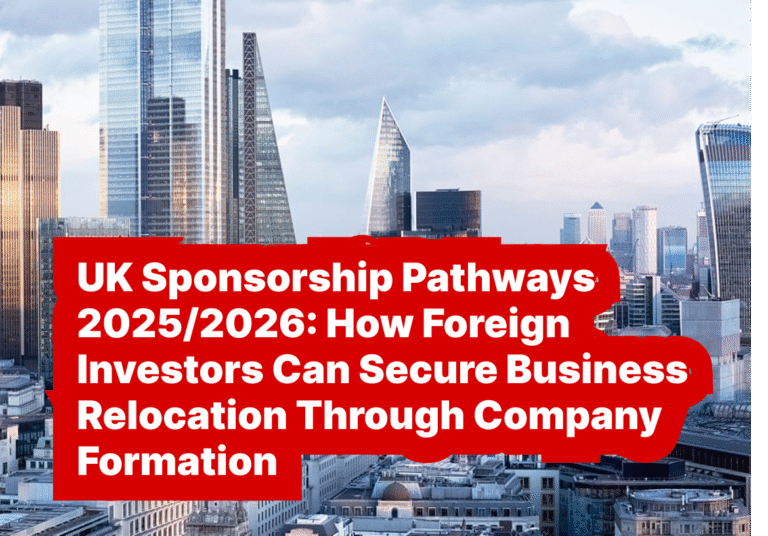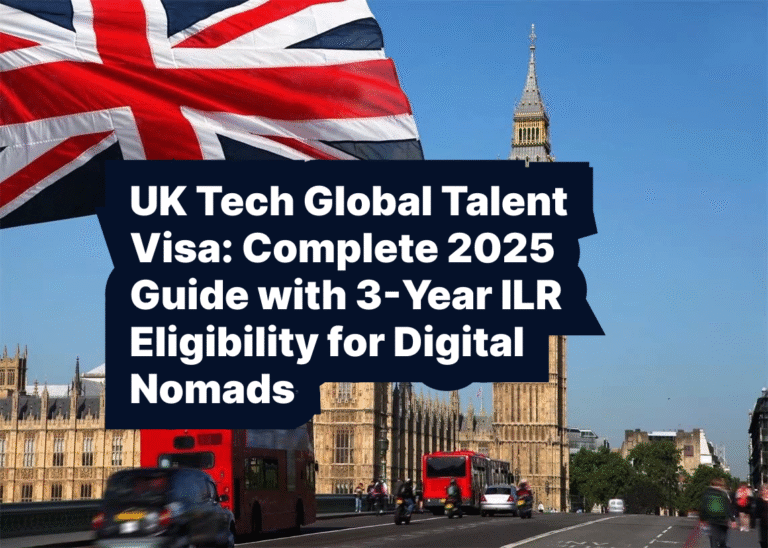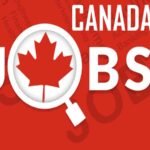The United States immigration system has undergone significant changes in 2025, presenting both new opportunities and challenges for individuals seeking visas and sponsorship. From major H-1B visa policy reforms to updated family-based immigration procedures, the landscape has shifted considerably. Understanding these new rules is crucial for anyone planning to work, study, or reunite with family in the United States.
Overview of 2025 Immigration Changes
The year 2025 has marked a pivotal period for U.S. immigration policy, with several key developments affecting various visa categories. The most notable changes include substantial modifications to the H-1B specialty occupation visa program, updates to family-based immigration policies, and adjustments to employment-based green card processing. These changes reflect the ongoing evolution of immigration priorities and the need to balance economic interests with security considerations.
The current immigration framework continues to operate under the numerical limits established by the Immigration and Nationality Act, with family-sponsored preference categories maintaining their annual limit of 226,000 visas for fiscal year 2025, while employment-based preference categories have at least 140,000 visas available annually. However, the practical application of these numbers has been affected by various policy changes throughout the year.
Major H-1B Visa Program Reforms
New $100,000 Payment Requirement
On September 19, 2025, President Donald Trump issued a Proclamation restricting the entry of certain nonimmigrant workers, introducing a new $100,000 payment requirement for employers filing new H‑1B petitions. This dramatic change represents one of the most significant barriers to H-1B sponsorship in the program’s history.
This substantial fee applies specifically to new H-1B petitions and is designed to prioritize higher-value positions while potentially reducing the overall number of applications. The payment requirement does not apply to extensions of existing H-1B visas, creating a two-tiered system that may encourage employers to retain current H-1B workers rather than sponsor new ones.
The implementation of this fee has immediate implications for employers across all industries. Small and medium-sized businesses may find it particularly challenging to justify this expense, potentially shifting H-1B sponsorship toward larger corporations with greater financial resources. This change could significantly alter the competitive landscape for international talent acquisition.
Self-Sponsored H-1B Opportunities
The new rules confirm that beneficiaries who own more than 50% of the sponsoring company (or have majority voting rights) can qualify for H-1B status. However, the initial H-1B petition and the first extension for such cases are limited to a specific timeframe, providing clarity for entrepreneurs and business owners seeking to sponsor themselves.
This development opens new pathways for entrepreneurs and business founders who previously faced uncertainty about their eligibility for H-1B status through their own companies. The rules now provide clear guidelines for ownership structures and voting rights that qualify for self-sponsorship, though additional restrictions apply to the initial petition and first extension periods.
For entrepreneurs, this represents a significant opportunity to establish their businesses in the United States while maintaining legal status. However, the combination of the new $100,000 fee requirement and ownership restrictions creates a complex calculation for those considering this route.
H-2B Visa Program Expansion
On Dec. 2, the Department of Homeland Security (DHS) and the Department of Labor (DOL) jointly published a temporary final rule increasing the numerical limit (or cap) on H-2B nonimmigrant visas by up to 64,716 additional visas for all of fiscal year 2025. This substantial increase addresses critical labor shortages in seasonal industries while providing additional opportunities for temporary workers.
The H-2B program serves industries such as landscaping, hospitality, construction, and seafood processing, where seasonal demand creates specific workforce needs. The additional visas represent nearly a doubling of the standard H-2B cap, reflecting the significant labor demands in these sectors.
This expansion has particular implications for businesses in tourism-dependent regions and seasonal industries that have struggled with workforce shortages. The additional visas are distributed throughout the fiscal year, with specific allocations for different time periods to match seasonal demand patterns.
Family-Based Immigration Policy Updates
Enhanced Screening and Vetting Procedures
Effective August 1, 2025, the guidance gives immigration officers more discretion to deny applications without warning and increases the risk that some applicants could be placed in deportation proceedings. The changes apply to all family-based immigrant visa petitions, including those filed under various family preference categories.
These policy changes represent a significant shift toward stricter enforcement of family-based immigration requirements. U.S. Citizenship and Immigration Services is issuing policy guidance in the USCIS Policy Manual that will enhance our capability to screen and vet family-based immigrant visa petitions.
The enhanced screening procedures affect all family-sponsored categories, from immediate relatives of U.S. citizens to more distant family relationships covered under preference categories. Petitioners and beneficiaries should expect more detailed documentation requirements and potentially longer processing times as immigration officers implement these new screening protocols.
Impact on Processing Times and Approval Rates
The increased discretion granted to immigration officers may result in higher denial rates for family-based petitions, particularly those with any documentation inconsistencies or eligibility questions. This change requires families to be more meticulous in their petition preparation and to anticipate potential requests for additional evidence.
The risk of placement in removal proceedings for certain applicants adds a new layer of complexity to family-based immigration cases. Legal representation becomes increasingly important under these circumstances, as the consequences of denial can extend beyond simple case rejection.
Employment-Based Green Card Developments
Visa Availability Challenges
The U.S. State Department has announced that all available Employment-Based Second Preference (EB-2) visas for the Fiscal Year (FY) 2025 have been issued, temporarily pausing green card processing in this category. EB-2 visas are typically granted to foreign nationals with advanced degrees and exceptional ability in their fields.
This development highlights the continued challenges in employment-based permanent residence processing, particularly for high-demand categories. The fiscal year 2025 limit for family-sponsored preference immigrants determined in accordance with Section 201 of the Immigration and Nationality Act (INA) is 226,000. The worldwide level for annual employment-based preference immigrants is 150,037.
The exhaustion of EB-2 visas partway through the fiscal year indicates strong demand and suggests that processing times for future applicants may be affected. This situation particularly impacts professionals with advanced degrees who are already facing lengthy wait times due to per-country limitations.
Priority Date Movement and Filing Procedures
For Family-Sponsored Filings: For all family-sponsored preference categories, you must use the Dates for Filing chart in the Department of State Visa Bulletin for September 2025. For Employment-Based Preference Filings: For all employment-based preference categories, you must use the Final Action Dates, indicating different filing procedures for different categories.
The distinction between filing dates and final action dates creates opportunities for some applicants to file adjustment of status applications earlier than they might otherwise be able to, even if visa processing cannot be completed immediately. This allows applicants to obtain employment authorization and travel documents while waiting for their priority dates to become current.
Understanding these filing procedures is crucial for maximizing the benefits available during the green card process. The ability to file early can provide significant advantages in terms of job mobility and travel flexibility.
Nonimmigrant Visa Processing Changes
New Interview Requirements
As of September 2, 2025, nearly all nonimmigrant visa applicants, including those under 14 and over 79, must now attend an in-person interview with a U.S. consular officer, except in rare circumstances. This represents a significant expansion of interview requirements that previously exempted certain age groups.
The elimination of age-based interview waivers means that families traveling together will need to plan for interviews for all family members, potentially complicating travel arrangements and extending processing times. Consular posts worldwide are adjusting their procedures to accommodate the increased interview volume.
Residency and Nationality Restrictions
Recent changes also require visa applicants to apply in their country of residence or nationality, limiting the ability to apply at third-country consular posts. This change affects business travelers, students, and others who might have previously found it convenient to apply at consular posts in countries where they were temporarily present.
These restrictions may require more advance planning for visa applications and could affect travel itineraries for those needing to return to their home countries for visa processing. The change aims to improve security screening by ensuring consular officers have better access to local information and resources for verifying applicant information.
Practical Implications for Visa Applicants
Documentation and Evidence Requirements
The enhanced screening procedures across multiple visa categories emphasize the importance of comprehensive documentation. Applicants should expect requests for additional evidence and should prepare thorough initial submissions to minimize delays.
Key documentation areas include financial records, employment verification, educational credentials, and relationship evidence for family-based cases. The quality and completeness of initial submissions have become increasingly important under the new policies.
Legal Representation Considerations
Given the increased complexity and potential consequences of the new rules, legal representation has become more valuable for many applicants. Immigration attorneys can help navigate the enhanced screening procedures, prepare comprehensive documentation packages, and respond effectively to requests for additional evidence.
The combination of higher fees, stricter enforcement, and increased denial discretion creates an environment where professional guidance can significantly improve success rates and minimize risks.
Timeline Planning
The various changes affecting different visa categories require careful timeline planning. H-1B applicants must account for the new fee requirements and potential processing delays, while family-based applicants should anticipate longer processing times due to enhanced screening procedures.
Employment-based green card applicants face continued uncertainty about visa availability and should maintain valid nonimmigrant status throughout the process. Understanding the interplay between different visa categories and their respective timelines is crucial for maintaining legal status and achieving long-term immigration goals.
Industry-Specific Impacts
Technology Sector
The H-1B changes particularly affect the technology sector, which has historically been a major user of the program. The $100,000 fee requirement may shift hiring strategies toward other visa categories or domestic recruitment. Large technology companies may be better positioned to absorb these costs compared to startups and smaller firms.
Healthcare and Education
Healthcare and educational institutions may need to adjust their international recruitment strategies in response to the new fee requirements and processing changes. These sectors often rely on specialized international talent and may need to explore alternative pathways for bringing in qualified professionals.
Seasonal Industries
The H-2B expansion provides significant opportunities for seasonal industries, potentially alleviating long-standing workforce challenges. However, employers in these sectors must navigate the program’s requirements while managing the temporary nature of the authorization.
Strategic Considerations for 2025 and Beyond
Alternative Visa Pathways
With increased costs and restrictions in some categories, applicants and employers are exploring alternative pathways. These might include different nonimmigrant categories, investment-based visas, or restructuring employment arrangements to qualify for different programs.
Long-term Planning
The 2025 changes emphasize the importance of long-term immigration planning. Individuals and employers should consider multiple scenarios and backup plans given the evolving nature of immigration policies and the potential for additional changes.
Compliance and Risk Management
Enhanced enforcement across multiple categories requires improved compliance programs and risk management strategies. Employers and applicants must stay current with changing requirements and maintain meticulous records to support their cases.
Conclusion
The 2025 changes to U.S. visa and sponsorship requirements represent a significant shift in immigration policy, affecting millions of potential immigrants and their sponsors. From the substantial H-1B fee increases to enhanced family-based screening procedures, these changes require careful navigation and strategic planning.
Success under the new rules requires thorough preparation, professional guidance where appropriate, and realistic timeline expectations. While some pathways have become more challenging, others have expanded, creating new opportunities for those who can adapt to the changing landscape.
The immigration system continues to evolve, and staying informed about these changes is crucial for anyone planning to pursue U.S. immigration opportunities. The complexity of the new rules underscores the importance of working with qualified professionals and maintaining flexibility in immigration strategies.
As we move through 2025 and beyond, monitoring additional policy developments will be essential for maintaining successful immigration outcomes. The current changes likely represent part of a broader shift in immigration priorities that will continue to shape the system in the coming years.







